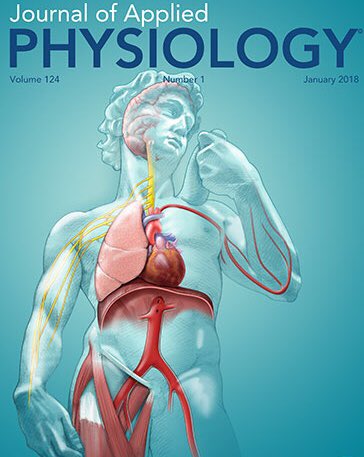 Age-related differences in calf muscle recruitment strategies in the time-frequency domain during walking as a function of task demand
Age-related differences in calf muscle recruitment strategies in the time-frequency domain during walking as a function of task demand
Hoon Kim and Jason R. Franz
ABSTRACT
Activation of the plantar flexors is critical in governing ankle push-off power during walking, which decreases due to age. However, electromyographic (EMG) signal amplitude alone are unable to fully characterize motor unit recruitment during functional activity. Although not yet studied in walking, EMG frequency content may also vary due to age-related differences in muscle morphology and neural signaling. Our purpose was to quantify plantar flexor activation differences in the time-frequency domain between young and older adults during walking across a range of speeds and with and without horizontal aiding and impeding forces. Ten healthy young (24.0±3.4 years) and older adults (73.7±3.9 years) walked at three speeds and walked with horizontal aiding and impeding force while muscle activations of soleus (SOL) and gastrocnemius (GAS) were recorded. The EMG signals were decomposed in the time-frequency domain with wavelet transformation. Principal component analyses extracted principal components (PC) and PC scores. Compared to young adults, we observed that GAS activation in older adults: 1) was lower across all frequency ranges during midstance and in slow to middle frequency ranges during push-off, independent of walking speed, and 2) shifted to slower frequencies with earlier timing as walking speed increased. Our results implicate GAS time-frequency content, and its morphological and neural origins, as a potential determinant of hallmark ankle push-off deficits due to aging, particularly at faster walking speeds. Rehabilitation specialists may attempt to restore GAS intensity across all frequency ranges during mid to late stance while avoiding disproportionate increases in slower frequencies during early stance.
